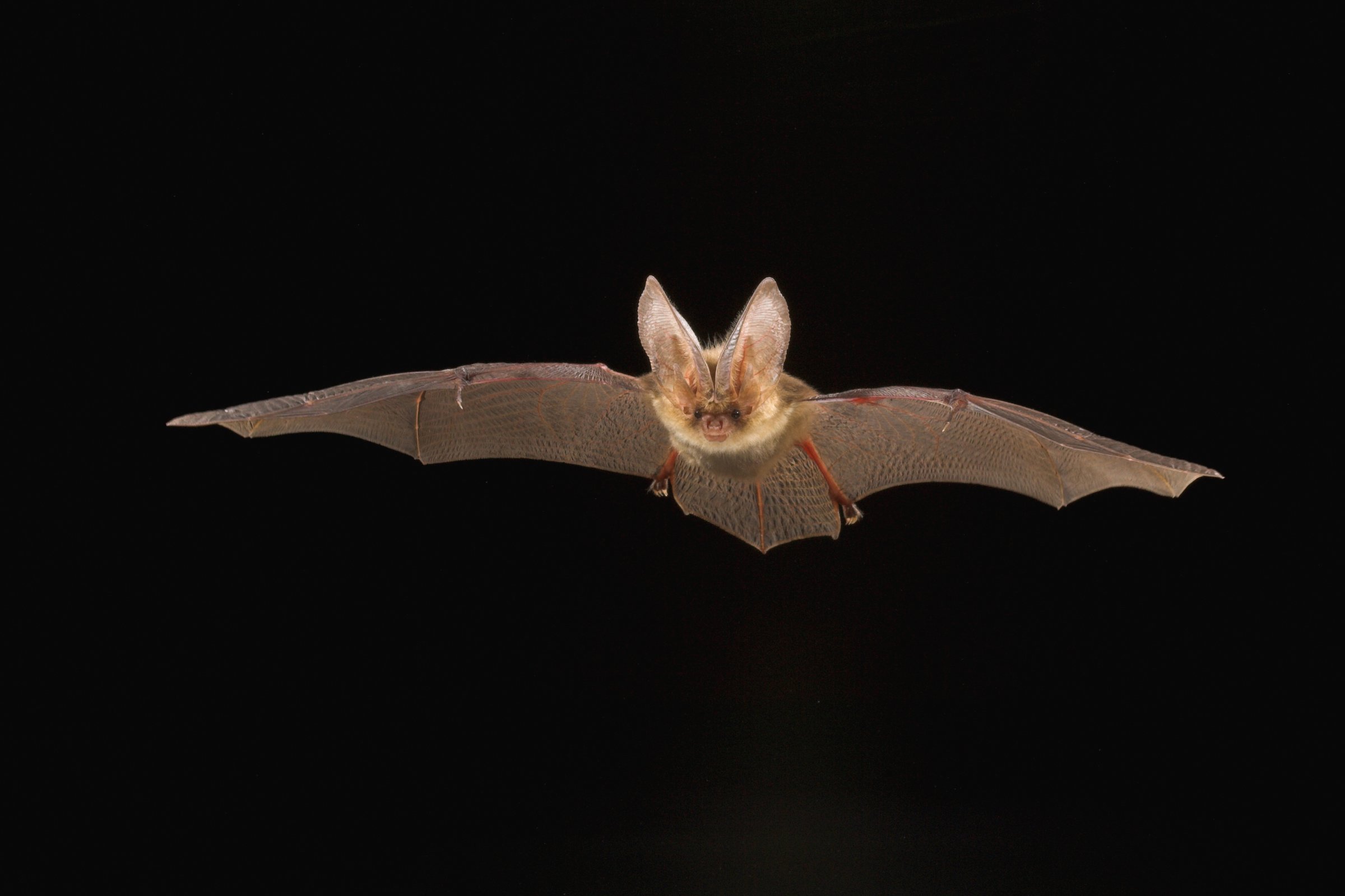
When the New Guinea big-eared bat, which hadn’t been seen for over a century, was captured, it hadn’t even been hiding.
In fact, student researchers Catherine Hughes and Julie Broken-Brow from the University of Queensland trapped the bat in Papua New Guinea in July 2012 while it was flying in an open area by a logged rainforest now overrun by grasslands, according to their study published in Records of the Australian Museum.
The bat remained an unidentified species for nearly two years at the Papua New Guinea National Museum and Art Gallery until Dr. Harry Parnaby, a researcher at the Australian Museum, requested to loan the mystery mammal. He subsequently identified it as Pharotis imogene, a critically endangered species according to the IUCN Red List. With ears nearly twice the size of its face, the insectivore—so tiny you could lift it with a pair of chopsticks—had last been seen in 1890, said researcher Dr. Luke Leung in a statement.
It’s not the first time a species has seemingly risen from the dead: the La Palma giant lizard, for example, was rediscovered in 2007 after its 500-year long “extinction.”
More Must-Reads from TIME
- Donald Trump Is TIME's 2024 Person of the Year
- Why We Chose Trump as Person of the Year
- Is Intermittent Fasting Good or Bad for You?
- The 100 Must-Read Books of 2024
- The 20 Best Christmas TV Episodes
- Column: If Optimism Feels Ridiculous Now, Try Hope
- The Future of Climate Action Is Trade Policy
- Merle Bombardieri Is Helping People Make the Baby Decision
Contact us at letters@time.com